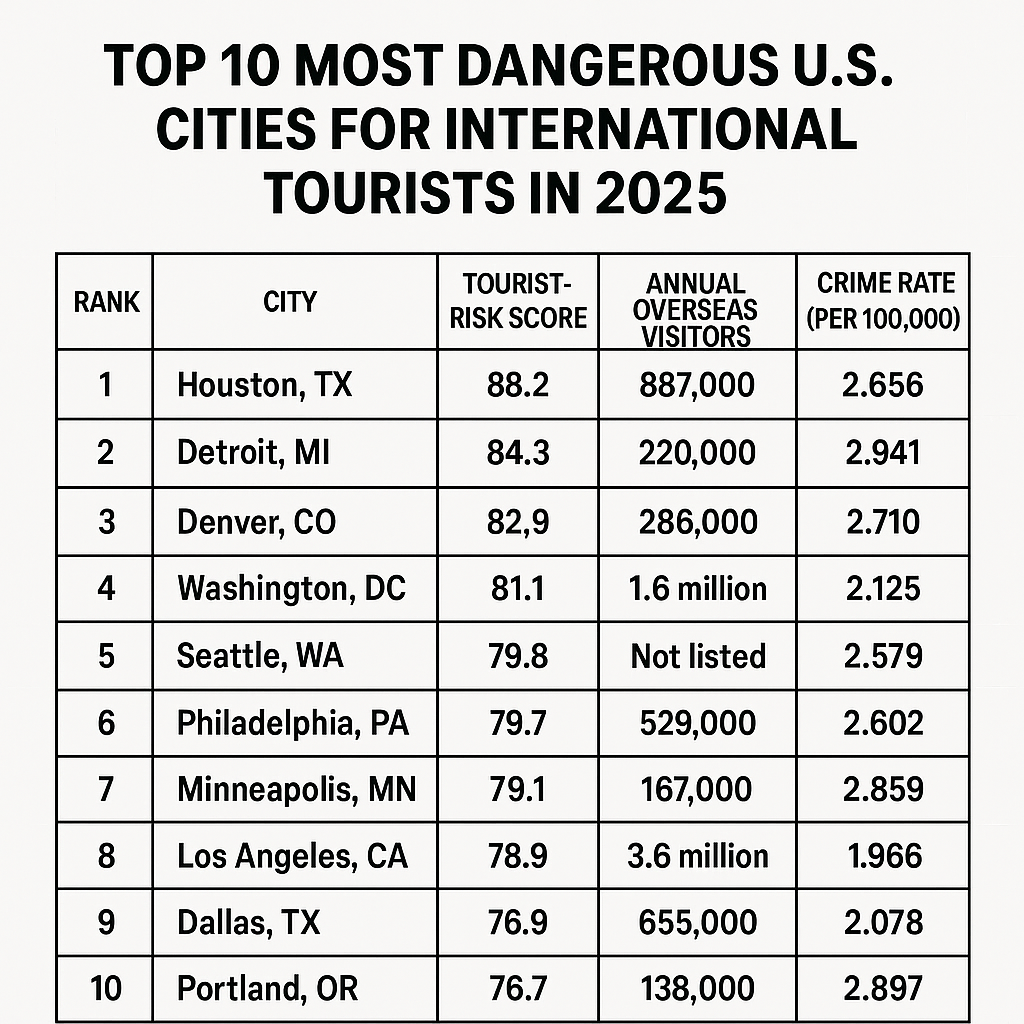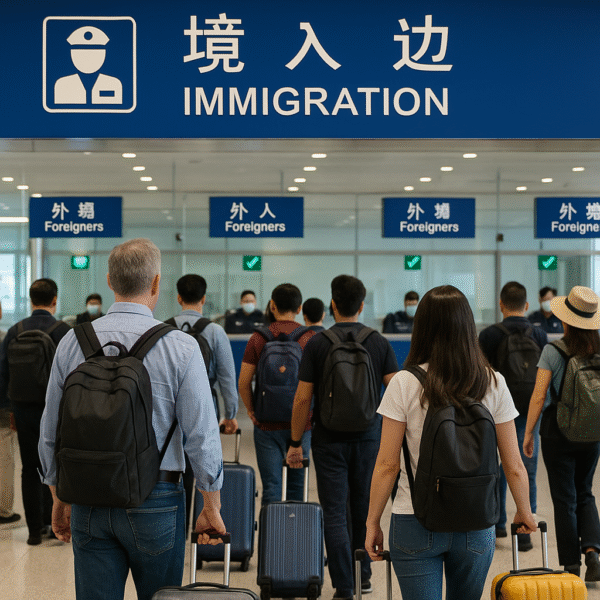China is witnessing a dramatic resurgence in international travel, driven by sweeping visa policy reforms designed to position the country as a global tourism powerhouse. According to the National Immigration Administration (NIA), 38.05 million foreign travelers entered and exited China in the first half of 2025 — a staggering 30.2% increase compared to the same period in 2024.
This remarkable growth underscores a new era in China’s tourism strategy, emphasizing convenience, accessibility, and regional integration. With China rolling out extensive visa-free entry schemes and expanding visa-waiver transit zones, the country is once again asserting itself as a key travel hub in Asia and beyond.
Visa-Free Travel Drives Inbound Tourism Spike
One of the most transformative developments fueling this tourism boom is China’s aggressive visa-free entry policies. In just six months, 1.364 million travelers entered China visa-free — a 53.9% year-on-year increase. These visitors accounted for 71.2% of all foreign arrivals, highlighting the dramatic behavioral shift triggered by easier entry conditions.
According to China’s Ministry of Foreign Affairs, visa-free access now includes citizens of France, Germany, Italy, the Netherlands, Spain, and Malaysia, alongside recent agreements with Uzbekistan and Azerbaijan. Additionally, a 240-hour visa-free transit policy has been extended to Indonesian nationals and now benefits travelers from 55 countries, allowing six-day visa-free stays in major cities such as Beijing, Shanghai, Guangzhou, and Chengdu.
ASEAN Group Tourism Gains Traction
Another game-changing policy launching in 2025 is China’s regional visa-free entry program for ASEAN (Association of Southeast Asian Nations) tourist groups. These groups will be allowed visa-free access to Xishuangbanna, a lush region in Yunnan Province bordering Laos and Myanmar. The region, known for its rich biodiversity and minority cultures, is now poised to become a strategic eco-tourism destination.
This initiative is part of a broader plan to promote off-the-beaten-path regions and disperse tourism flows beyond traditional cities. It’s expected to revitalize regional economies while enhancing tourism cooperation between China and Southeast Asia.
China Opens to Latin America and the Gulf
China’s 2025 policy blueprint also includes unilateral visa exemptions for citizens of several emerging markets, including Brazil, Argentina, Chile, Peru, Uruguay, and Saudi Arabia, Bahrain, Kuwait, and Oman. These exemptions reflect a major pivot toward diversifying inbound tourism sources and bolstering cultural and business exchanges with regions like Latin America and the Middle East.
This aligns with China’s long-term vision under the Belt and Road Initiative, strengthening diplomatic ties and economic engagement through greater people-to-people connectivity.
Travel Volumes Reach Historic Highs
The broader impact of these changes is evident in national travel data. The NIA reported a total of 333 million cross-border trips in the first half of 2025, up 15.8% year-on-year. This includes:
- 159 million trips by mainland Chinese citizens (+15.9%)
- 136 million trips by residents of Hong Kong, Macao, and Taiwan (+12.2%)
Such figures represent not only a recovery from pandemic-era restrictions but also a structural shift in global travel dynamics — with China resuming its role as both a top source and destination market.
Implications for the Travel Industry
This visa liberalization has immediate and far-reaching effects on tourism operators, airlines, and hospitality stakeholders. The growth of transit-based tourism opens up opportunities for customized tour packages, multi-city itineraries, and regional circuits leveraging the 240-hour visa-free policy.
Destinations like Tianjin and Xishuangbanna, once underexplored by international tourists, are quickly emerging as entry points for curated cultural experiences, particularly for group tours and short-term leisure travelers from ASEAN nations.
Travel agencies and airlines are expected to recalibrate their offerings, particularly by expanding direct flights, short-haul charter routes, and integrated tourism packages that connect visa-free zones and nearby attractions.
Long-Term Outlook: China Reclaims Tourism Leadership
With its proactive and inclusive approach to visa policy, China is set to reclaim its position as a top global travel destination. Analysts predict that the ongoing expansion of visa-free agreements will catalyze further collaboration between China and international tourism boards, as well as boost hotel development in secondary cities.
Furthermore, these tourism trends align with China’s broader strategy to strengthen its soft power, using cultural exchange and tourism to project a modern, accessible national image.
Government Commitment to Seamless Travel
In a recent statement, the NIA reaffirmed its dedication to “enhancing border efficiency and improving traveler services” as core pillars of China’s 2025 tourism roadmap. This includes faster customs clearance, digital travel documentation, and expanded support for international language assistance at key entry ports.
With continued policy innovation, China is positioning itself not just for post-pandemic recovery — but as a model for global tourism resurgence in an era of open borders and regional interconnectivity.
Conclusion
As the world enters a new phase of global mobility, China’s sweeping visa reforms offer a case study in how policy can directly fuel tourism, economic development, and cultural diplomacy. By opening its doors wider than ever before, China is not only welcoming back the world — but is also ready to lead the next generation of international travel.
For more travel news like this, keep reading Global Travel Wire






















